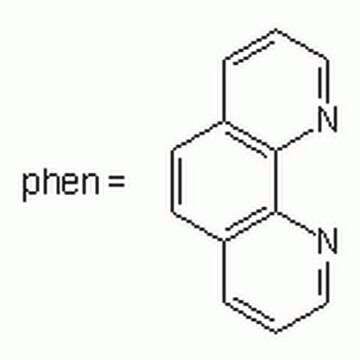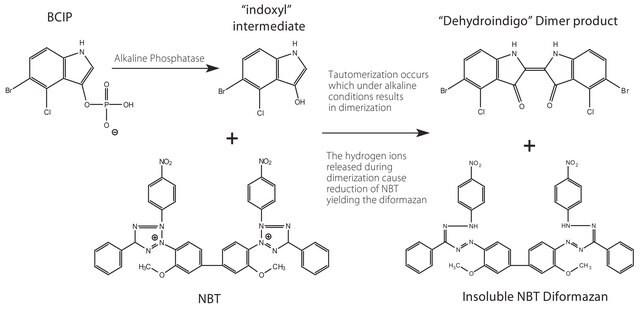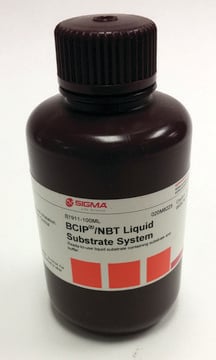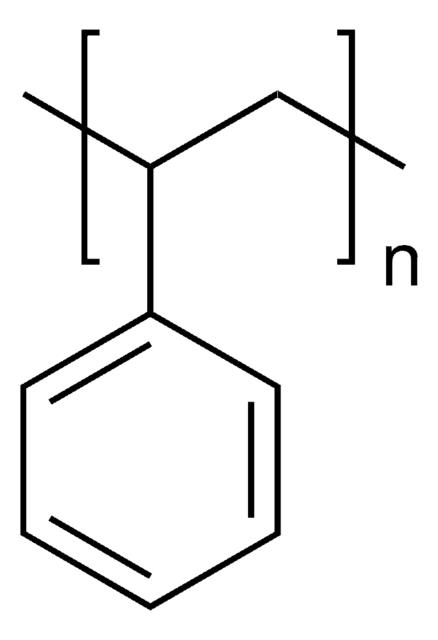SRP5075
PTPN2, active, GST tagged human
recombinant, expressed in E. coli, ≥70% (SDS-PAGE), buffered aqueous glycerol solution
Synonym(s):
PTPT, TCELLPTP, TCPTP
Sign Into View Organizational & Contract Pricing
All Photos(2)
About This Item
UNSPSC Code:
12352200
NACRES:
NA.32
Recommended Products
recombinant
expressed in E. coli
assay
≥70% (SDS-PAGE)
form
buffered aqueous glycerol solution
specific activity
6928-9372 nmol/min·mg
mol wt
~69 kDa
NCBI accession no.
shipped in
dry ice
storage temp.
−70°C
Gene Information
human ... PTPN2(5771)
Related Categories
General description
Research Area: Cell Signaling
Protein tyrosine phosphatase, non-receptor type 2 (PTPN2), is one of the most abundant mammalian tyrosine phosphatase. The protein encoded by this gene is a member of the protein tyrosine phosphatase (PTP) family. By virtue of protein tyrosine phosphatase activity, PTPN2 is known to be a signaling molecules that regulate a variety of cellular processes including cell growth, differentiation, mitotic cycle, and oncogenic transformation involved in cell communication and signal transduction.
Protein tyrosine phosphatase, non-receptor type 2 (PTPN2), is one of the most abundant mammalian tyrosine phosphatase. The protein encoded by this gene is a member of the protein tyrosine phosphatase (PTP) family. By virtue of protein tyrosine phosphatase activity, PTPN2 is known to be a signaling molecules that regulate a variety of cellular processes including cell growth, differentiation, mitotic cycle, and oncogenic transformation involved in cell communication and signal transduction.
Biochem/physiol Actions
Protein tyrosine phosphatase, non-receptor type 2 (PTPN2) regulates interferon signaling and the endoplasmic reticulum stress response in pancreatic β-cells during autoimmune diabetes. It serves as a crucial prognostic marker that influences the progression of pancreatic adenocarcinoma (PAAD) by activating the JAK-STAT signaling pathway. Silencing PTPN2 leads to a significant reduction in PAAD cell growth, migration, and invasion, while also triggering cell cycle arrest and apoptosis in PAAD cells.
Physical form
Supplied in 20mM MOPS, pH 7.5, 50mM NaCl, 10mM glutathione, 0.25mM DTT, 0.1mM PMSF, 30% glycerol.
Preparation Note
after opening, aliquot into smaller quantities and store at -70 °C. Avoid repeating handling and multiple freeze/thaw cycles
Storage Class
10 - Combustible liquids
wgk_germany
WGK 1
flash_point_f
Not applicable
flash_point_c
Not applicable
Choose from one of the most recent versions:
Certificates of Analysis (COA)
Lot/Batch Number
Don't see the Right Version?
If you require a particular version, you can look up a specific certificate by the Lot or Batch number.
Already Own This Product?
Find documentation for the products that you have recently purchased in the Document Library.
Tetsuya Yamamoto et al.
Biochemical and biophysical research communications, 297(4), 811-817 (2002-10-03)
In the previous study, we demonstrated that the nuclear isoform of T-cell protein-tyrosine phosphatase (TC-PTP) dephosphorylated and deactivated signal transducer and activator of transcription 5a (STAT5a) and STAT5b, thereby negatively regulating prolactin (PRL)-mediated signaling pathway. In this study, we examined
Sanjeev Gupta et al.
FEBS letters, 532(1-2), 61-66 (2002-12-03)
PTP-S2/TC45 is a nuclear protein tyrosine phosphatase, which induces p53-dependent apoptosis. Here we show that the p53 protein level increased in MCF-7 cells in response to PTP-S2 overexpression. PTP-S2-induced p53 protein was transcriptionally active and it could activate caspase-1 gene
Our team of scientists has experience in all areas of research including Life Science, Material Science, Chemical Synthesis, Chromatography, Analytical and many others.
Contact Technical Service







